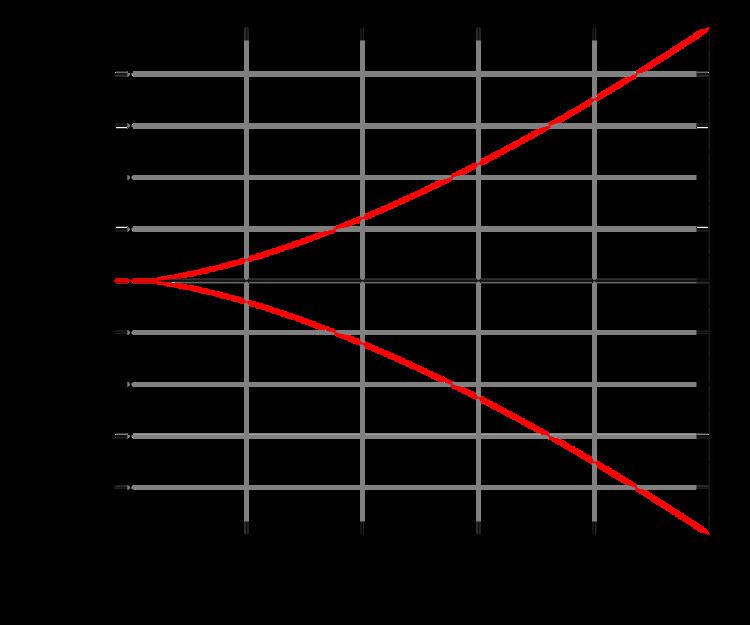 | ||
The tripling-oriented Doche–Icart–Kohel curve is a form of an elliptic curve that has been used lately in cryptography; it is a particular type of Weierstrass curve. At certain conditions some operations, as adding, doubling or tripling points, are faster to compute using this form. The Tripling oriented Doche–Icart–Kohel curve, often called with the abbreviation 3DIK has been introduced by Christophe Doche, Thomas Icart, and David R. Kohel in
Contents
Definition
Let
An elliptic curve in tripling oriented Doche–Icart–Kohel form is defined by the equation:
with
A general point P on
The group law
Consider an elliptic curve in the Tripling-oriented Doche-Icart-Kohel form in affine coordinates:
As in other forms of elliptic curves, it is possible to define some "operations" between points, such as adding points, or doubling (See also The group law). In the following sections formulas to add, negate and doubling points are given. The addition and doubling formulas are often used for other operations: given a point P on an elliptic curve it is possible to compute [n]P, where n is an integer, using addition and doubling; computing multiples of points is important in elliptic curve cryptography and in Lenstra elliptic curve factorization.
Addition
Given
Doubling
Given a point
Negation
Given a point
There are also other formulas given in for Tripling-oriented Doche–Icart–Kohel curves for fast tripling operation and mixed-addition.
New Jacobian coordinates
For computing on these curves points are usually represented in new Jacobian coordinates (Jn):
a point in the new Jacobian coordinates is of the form
for any
This means, for example, that the point
So, an affine point
The term
The neutral element in new Jacobian coordinates is
Addition
The following algorithm represents the sum of two points
Example
Let
Then:
Notice that in this case
Doubling
The following algorithm represents the doubling of a point
Example
Let
Then:
Notice that here the point is in affine coordinates, so
Equivalence with Weierstrass form
Any elliptic curve is birationally equivalent to another written in the Weierstrass form.
The following twisted tripling-oriented Doche-Icart-Kohel curve:
can be transformed into the Weierstrass form by the map:
In this way
Conversely, given an elliptic curve in the Weierstrass form:
it is possible to find the "corresponding" Tripling-oriented Doche–Icart–Kohel curve, using the following relation:
where a is a root of the polynomial
where
is the j-invariant of the elliptic curve
Notice that in this case the map given is not only a birational equivalence, but an isomorphism between curves.
Internal link
For more informations about the running-time required in a specific case, see Table of costs of operations in elliptic curves
